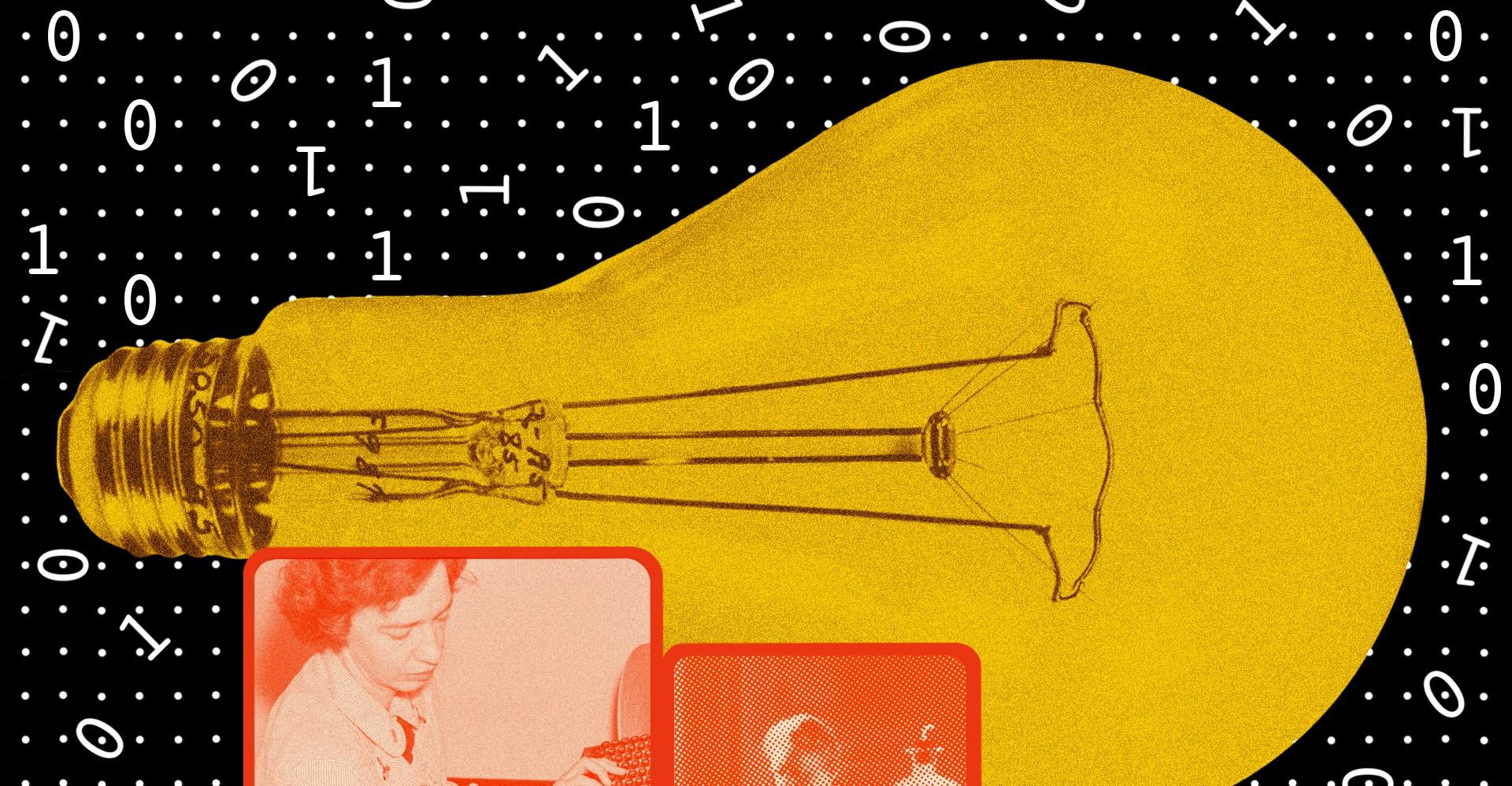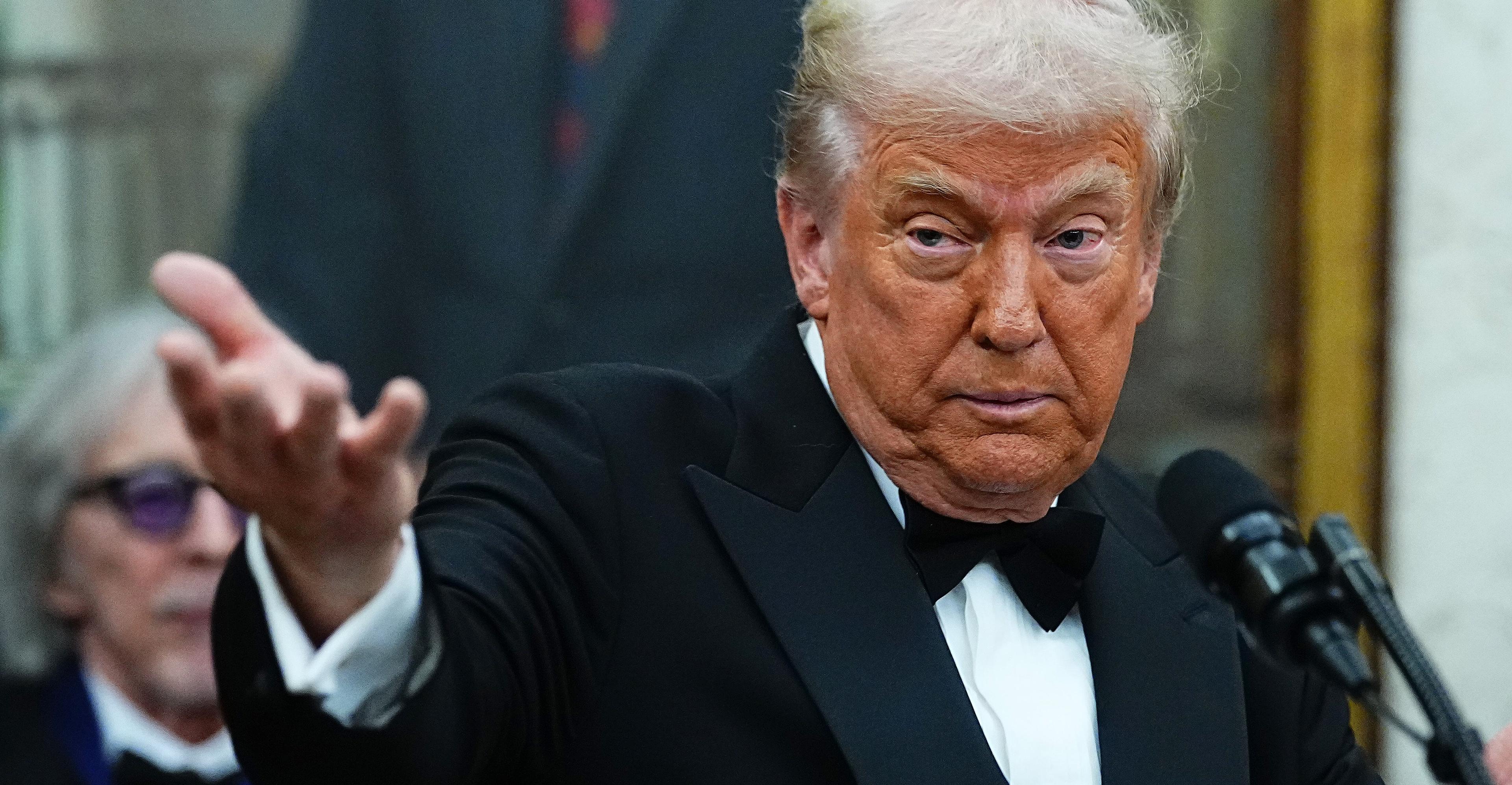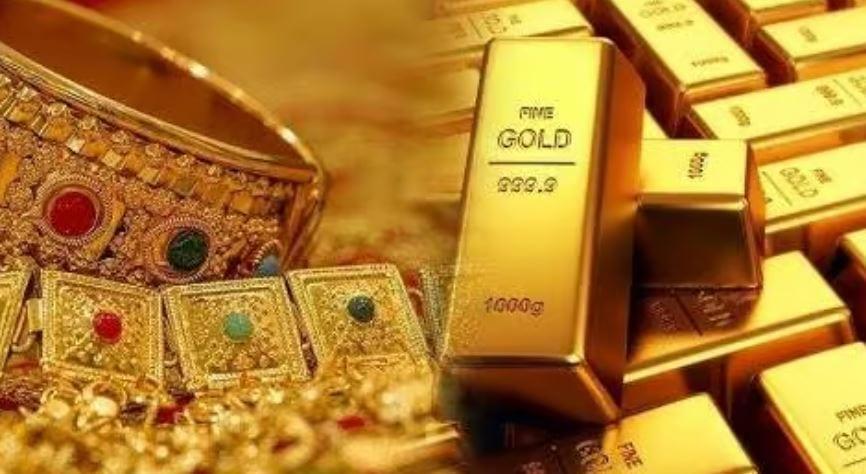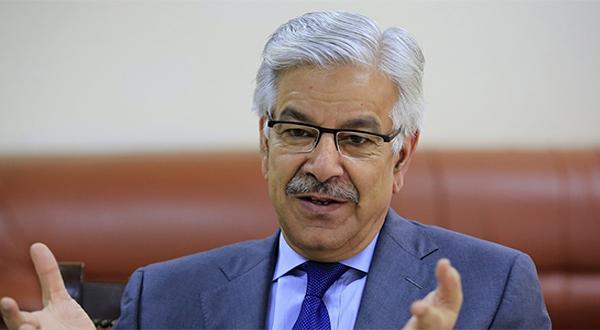The Las Vegas Grand Prix proves F1 needs more than glitz and glamour. The high ticket prices, traffic nightmares for locals, and waning interest pose risks to the European motorsport.


Thanks to a little show called Drive to Survive, as well as fresh ownership by way of Liberty Media, Formula 1 has never been more popular. This weekend, they’ll send the fastest cars in the world zooming down the Las Vegas Strip for the first time in almost 40 years. But if you’re a local looking to catch the race live — or any other American hoping to catch a glimpse of the cars roaring past — good luck.
A revitalized pop culture engine has taken over the sport: Driver fancams on TikTok, erudite magazine features, and braggadocious trap tracks proliferate with each passing day. American audiences, traditionally accustomed to Nascar, have bought into F1, and brought with them a whole new world of moneymaking ploys, not all of which are so fan-friendly.
Ask anyone who has spent time at the Miami Grand Prix, which was added to the race calendar just last year: Liberty Media is all about making F1 into an experience, the racing equivalent of Coachella for celebrities, influencers, and uber-wealthy tastemakers. All the while, the company pumped up the showiness with lavish, cheesy ceremonies. “I guess it’s the American way of doing things, doing sport,” Mercedes driver George Russell said about the Miami race back in May. (At races in Italy, Canada, and Japan, the ceremonies pale in comparison.)
If Miami’s extravaganza is any indication, there’s trouble brewing for Las Vegas, especially when it comes to understanding the various audiences in America. Miami’s three-day event put spectacle above sport in every way. And it seems like this weekend on the Strip will have the same excessive vibe — at the cost of everyday fans, locals, and even the Formula 1 teams themselves.
Not only has the hasty construction for a temporary street race track caused months of havoc, going to the race is out of the question unless you make serious bank. The average “get-in” price began at about $1,600 when tickets went on sale a year ago, unless you want to stand by the Sphere for a cool $500. That’s not including airfare, lodging, food and drink, or any bougie hospitality package (those range from thousands to millions of dollars, FYI).
While F1 officials claim that the event will generate more than $1 billion in economic activity for locals, the logistics and fizzled hype around the race tell a different story. Official tickets are still available when they’re typically sold out, and resale tickets have plummeted by hundreds of dollars. (Don’t mistake a price drop for affordability, though — it’s still ridiculously expensive.) Reasons for such a decline include: an inconvenient start time (10 pm local time, or an absurd 1 am if you’re on the East Coast), a lack of stakes — as driver Max Verstappen has dominated the competition this season — and the fact that it’s quite chilly to watch cars vroom vroom in late November.
:no_upscale()/cdn.vox-cdn.com/uploads/chorus_asset/file/25092753/1798474936.jpg)
Sure, Formula 1 has always been a glitzy sport, celebrated on Monaco’s champagne-laden yachts and marked by the opulence of Abu Dhabi’s day-to-night race. But the aggressive pursuit of even more glamour as its audience grows (and transforms) is a deep misunderstanding of why people like F1 to begin with. Fans brought in by Netflix’s Drive to Survive appreciate the sheer engineering fortitude of cars that make 200 miles per hour look easy, the Bravo-worthy interpersonal drama, and the ease of only having to keep up with 20 drivers, rather than hundreds of athletes.
The Las Vegas Grand Prix looks to be proof of a hunch many have had for a while. Formula 1’s strategy for explosive growth was never about courting a diverse American audience of fervent fangirls, dorky dads, or motorsport maniacs. It’s about selling the pastiche of American sports to the wealthy, and giving European racing Super Bowl-levels of revenue and cultural soft power.
Formula 1’s missteps in America reflect a fascinating microcosm of what Liberty Media believes drives Americans. But despite Formula 1’s popularity explosion, these recent changes ignore what everyone really wants: competitive, accessible racing. Unless the sport can provide that, new American fans will tune out.
How Formula 1 became so damn big in the US
At the risk of severely oversimplifying F1 to the chagrin of nerds everywhere, the cool thing about Formula 1 is that it’s a physical and technological feat every race. Drivers are going so fast that their bodies are actively fighting against five times the G-force of a normal car. That’s the equivalent of feeling your body becoming five times heavier than it actually is. And in order to make cars go faster and also keep drivers safe, suites of engineers tirelessly research improvements.
It’s different from Nascar in a few ways: Drivers race on winding tracks with hard turns rather than circular tracks, the gulfs in performance between the best and worst machines are massive, and, thanks to literally breakneck speeds made to push bodies to their limits, the stakes are higher.
There are 10 teams in F1, with two drivers each. There’s a driver championship, where individual racers compete against each other (even teammates), and the constructor’s championship to reward the team as a whole. Winning in either category nets you more money to build better cars, and better cars mean more wins.
For a long time, the complexity of F1 alienated potential fans, much the way baseball’s stats-oriented ethos does. US-based company Liberty Media, which owns SiriusXM, bought Formula 1 in 2017, and updated the branding of the sport to be sexier and more watchable in order to get younger crowds at races. But it was Drive to Survive that changed F1’s longstanding reputation, matching feats of science with drama on the track.
:no_upscale()/cdn.vox-cdn.com/uploads/chorus_asset/file/25092760/1244207318.jpg)
The show first aired in 2019, right before the pandemic, and while growth started slow, it has become exponential. 2021 was the first season where audiences could come back to the track, and it couldn’t have been a better time to be an F1 fan. Upstart Verstappen and veteran Mercedes driver Lewis Hamilton — who was battling for his potentially record-breaking eighth world champion title — were neck and neck all season, with Verstappen ultimately coming out on top.
Total attendance globally for the 2022 season was 5.7 million, up 36 percent compared to 2019, according to Liberty Media’s public financial reports. 2021 and 2022 saw back-to-back record-breaking attendance at the Austin Grand Prix, with 400,000 and 440,000 attendees, respectively. The average attendance in 2019 per race globally was around 200,000 viewers.
With that huge growth came the desire to do more in the US — where a lot of change stemmed from. Formula 1 added the Miami Grand Prix in 2022, with the expectation of a 10-year contract. The Las Vegas race was announced shortly after, with the debut aiming for 2023.
The growing pains of finding new audiences
The crucial issue with Formula 1 and Liberty Media is their assumption of who is attending these races. The additions of Miami and Las Vegas suggest that F1 is only really after a good party. It makes sense: These are cities that offer a lot of nightlife, food, and culture for those who might only attend a race because it’s the cool thing to do.
Roaming around the Miami paddock and the Mercedes party at the Ritz-Carlton on South Beach back in May, I asked folks whether they were fans of a certain team or racer. One answered while sipping a sake martini that she was here for a PR trip; another answered that she lives in Miami and that F1 creates an opportunity to mingle with celebrities and influencers. One half of electronic duo Disclosure played some oontz-oontz tracks, and for a moment, brought Mercedes reserve driver Mick Schumacher, the son of decorated F1 racer Michael Schumacher, to the stage. Only a handful of people recognized him.
In some ways, Liberty Media is right. The guest who is there for the vibe needs to be catered to — they’re the ones who have full wallets. At the same time, longtime fans and even new fans who care about the actual sport bristle at this dynamic. Tickets are becoming more expensive when theoretically these races should be more accessible. Austin’s general admission for the whole race weekend in 2021 was around $200-$300. This year, they went for $475. Las Vegas’s standing room only admission starts at $500, but the hospitality options exceed the price of Miami’s.
Currently, some longtimers are miffed at the fangirl culture shift, blaming them for the changes in F1. The lines between fangirl and clout-chaser are seemingly thin for those who can’t tell the difference. But really, it’s not the new female devotees who are at fault, it’s corporate greed. Those same enthusiasts are certainly the ones asking hard questions: Where are the female drivers? Why did F1 seem so pro-“End Racism” in 2020 only to muzzle drivers years later? Why was an alleged abuser and son of a Russian oligarch racing for so long? That can be a tough pill to swallow when so much of the sport has for years been just about statistics. But questioning the status quo can only strengthen the sport — it’s leaving fans out that poses the real problem.
What’s going on with the Las Vegas Grand Prix?
Lovingly put, Formula 1 severely overestimated the Venn diagram of who loves to watch racing and who can afford a laughably decadent experience. F1 has turned into a spectacle, riding on the coattails of its most exhilarating season in 2021, and the gut-wrenching rise and fall of Ferrari’s attempt to win the driver’s championship in 2022.
But this season’s stakes are just ... not there. It’s a total snooze for a new fan who may have become accustomed to the edge-of-your-seat dynamics of the last two years. Verstappen took the championship already with a record-breaking 17 wins out of 23 races this year. He could start in the very back of the pack and still take pole position. With the driver’s and constructor’s championship more or less decided, the season is remarkably uninteresting. According to ESPN, Formula 1 is averaging 1.11 million viewers across its networks — down 8 percent from last year.
:no_upscale()/cdn.vox-cdn.com/uploads/chorus_asset/file/25092764/1798410777.jpg)
Unlike what Drive to Survive depicts, the drama just isn’t there. The seemingly predetermined nature of these races is turning America off. (Longtime fans may remember a time when Michael Schumacher won five years in a row, so it’s not like the dominance is necessarily new, but it’s just not what drew in bright-eyed American fans.)
So it’s not that much of a shocker that people don’t want to spend their hard-earned money on a race that doesn’t really matter all that much, especially when said race is the most expensive on the calendar. If Las Vegas apes Miami’s overpriced, underwhelming hospitality — one attendee in May tweeted “Fyre festival vibes,” after reportedly paying $42 for a “wagyu” sandwich that had what looked like a few slices of ham — it could mean even more tension between certain types of fans.
Then there’s the issue of how unwelcome Formula 1 is in Las Vegas. Unlike Miami and Austin, where the races are held temporarily within a stadium or on a dedicated circuit far away from downtown areas, the Las Vegas Grand Prix is at the heart of the city, on roads locals use every day. Street races have their place on the calendar (like in Singapore, my personal favorite to watch), but the key difference is local governments have a sustained relationship with F1 and Liberty Media. What’s going on in Vegas is a haphazard, bureaucratic mess.
As Elizabeth Blackstock reported for Jalopnik, locals and laborers alike have immense scorn for the infrastructural disaster the sport has wreaked on the city for the last nine months, in addition to chopping down trees, pricing out tourists, and more. “I’ll leave you with this,” an anonymous front-of-the-house hotel worker told Blackstock. “I often hear the sentiment, joking or not, that folks wish the mob still ran Las Vegas instead of these vultures and leeches.”
Liberty Media CEO Greg Maffei recently issued an apology for the disruption, but padded it with the so-called economic benefit of the race. “I want to apologize to all the Las Vegas residents and we appreciate that they have their forbearance and their willingness to tolerate us,” he said. “We’re going to bring something like $1.7 billion of revenue to the area.”
The drivers themselves are a bit more measured. Negative connotations aren’t good for the sport. “I’ve heard there’s been a lot of complaints about the event being here from the locals,” Hamilton told reporters. “We’ve got to make sure people are taken care of. We can’t be a circus that shows up that’s all glitz and glamour and people are affected negatively by it, in my opinion.”
The big question Formula 1 will have to ask itself after this weekend is: Was it worth it? A poorly installed drain cover shredded the bottom of Ferrari driver Carlos Sainz’s car during practice, leading to a pricey repair worth a “fortune,” penalties for Sainz, and a 90-minute delay, pushing the second practice to 2:30 am. Fans were ejected from the grandstands moments before practice resumed. What’s the point of spending all that money if you only got to see 10 minutes of car racing?
The impression is that the US is full of fans with money, and that’s true to some extent. But it’s hard to build something solid and lasting on razzle-dazzle and upcharged extras. Nothing can be cool forever, and drawing comparisons to doomed music festivals doesn’t bode well for the long term. Even if people are dropping the equivalent of a house down payment to have a good time, the growing pains are here. For some fans, the hurt will be too much.
Police recover gold from accused's husband in Dr Warda murder case
- 17 hours ago
Messi mania peaks in India’s pollution-hit capital
- 19 hours ago
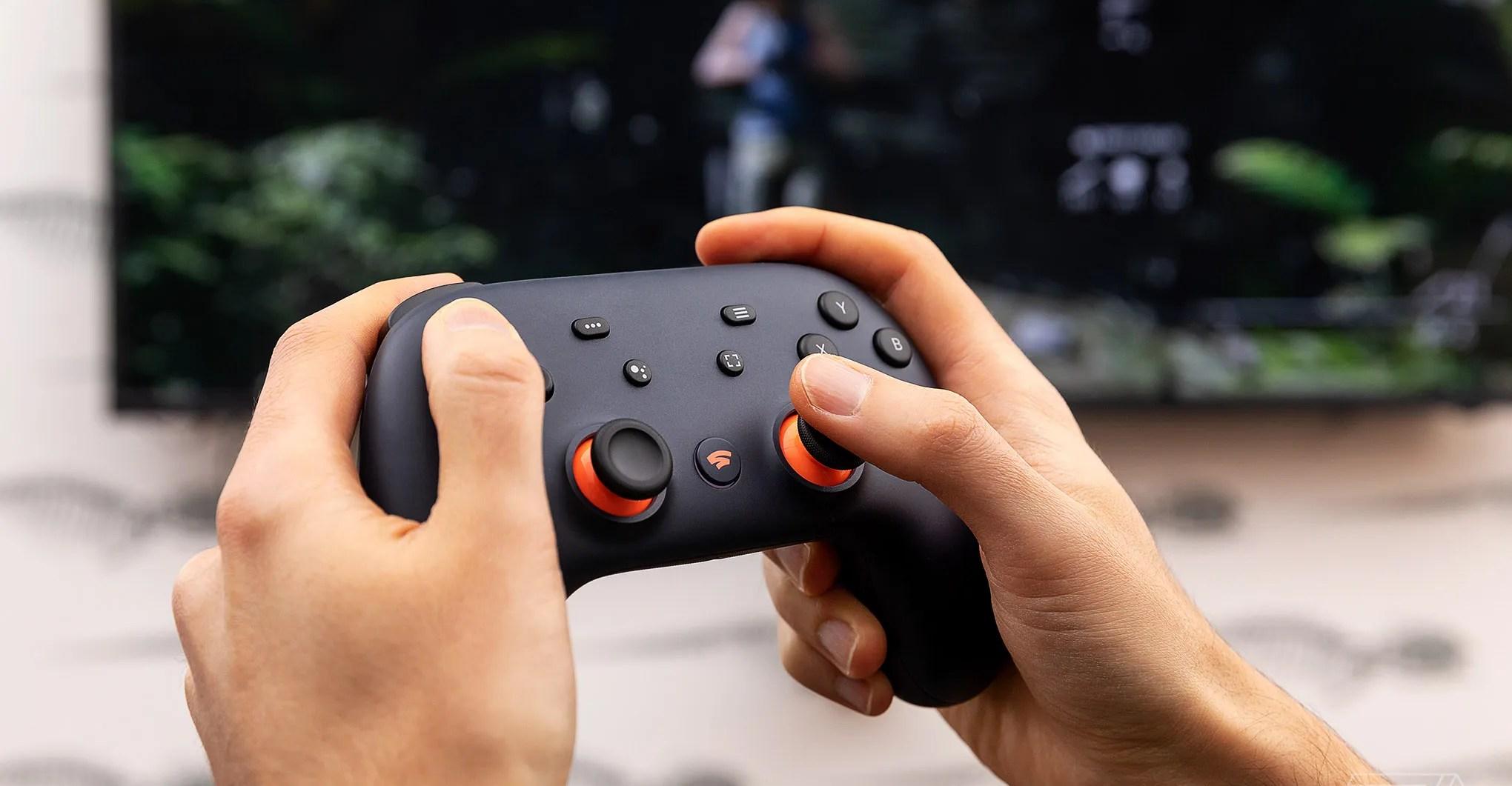
Remember Google Stadia? Steam finally made its gamepad worth rescuing
- 11 hours ago
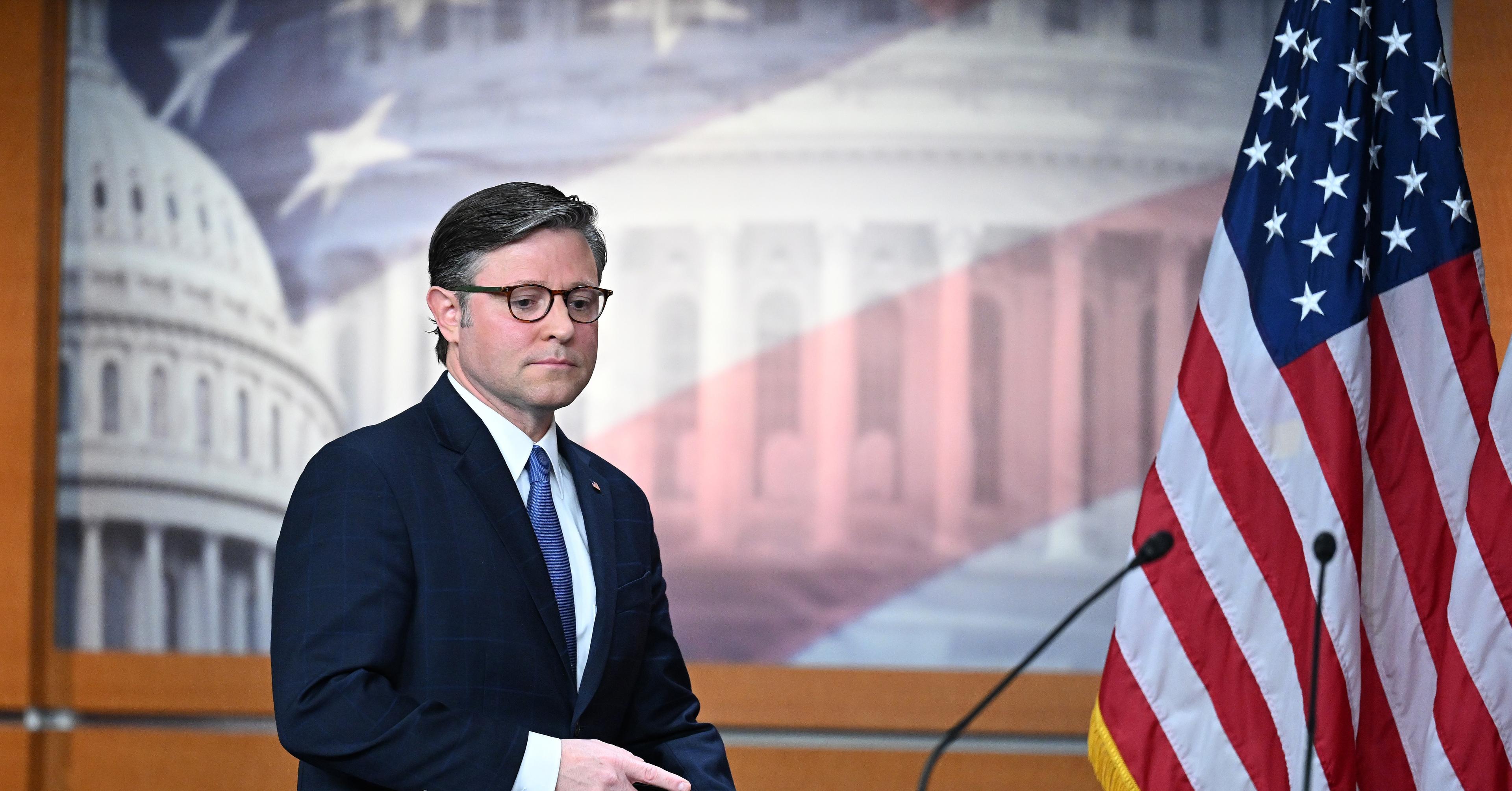
Why Republicans in Congress are turning against Trump
- 9 hours ago

Control’s action-RPG sequel launches in 2026
- 11 hours ago
Govt slashes diesel price by Rs14 per litre
- 12 hours ago

The biggest mosquito-borne disease in the world has a cure. There’s just one problem
- 9 hours ago
Australia plans tougher gun laws after police say father and son killed 15 at Bondi Beach
- 18 hours ago

Disney wants to drag you into the slop
- 11 hours ago

Chatbots are struggling with suicide hotline numbers
- 11 hours ago
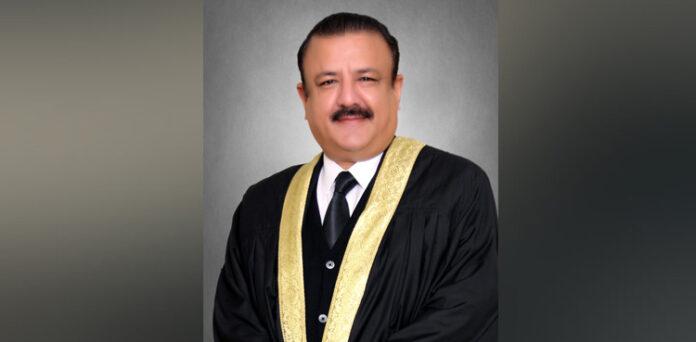
IHC summons Registrar Karachi University in Justice Jahangiri’s degree case
- 19 hours ago
FIFA hails 5M WC ticket requests amid backlash
- 10 hours ago


